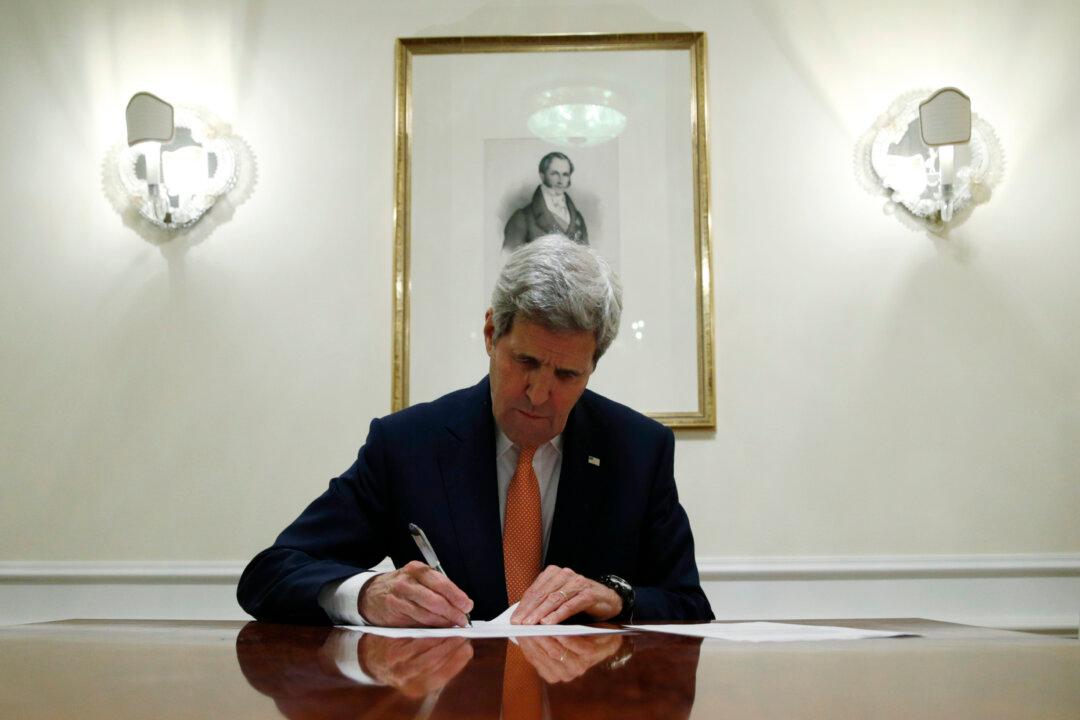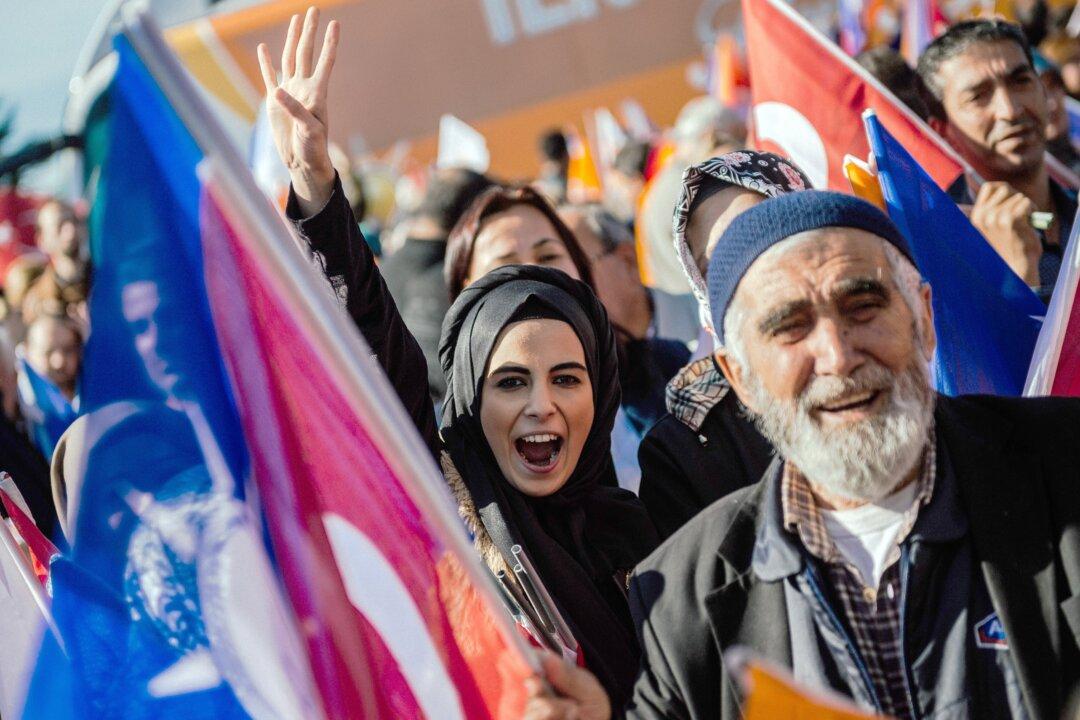Its been reported that “Implementation Day” is here and nuclear sanctions against Iran have now been lifted. But what exactly does this mean?
Heritage Foundation expert Luke Coffey weighs in to answer Implementation Day questions:
1. What is Implementation Day?
Implementation Day is the point at which the deal agreed in Vienna last summer between the international community and Iran over the Iranian nuclear program comes into force. This means Iran will regain access to around $100 billion in unfrozen assets.
This is equivalent to almost one-third of Iran’s total GDP (if the U.S. were to receive one-third of its GDP overnight it would amount to $5.6 trillion).
It’s important to keep in mind that these unfrozen assets do not include the hundreds billions of dollars that Iran will receive overtime as a result of international economic sanctions been lifted.
There is, however, well-founded concern what this Iranian financial windfall will mean.
2. What might Iran use these funds for?
While no one can know for sure what Iran will do with $100 billion in unfrozen assets, a quick look at their recent history can offer some ideas.
For instance, Iran is one of the largest state sponsors of terrorism in the world. It funds and supports insurgent groups, terrorist organizations and proxy forces in Iraq, Yemen, Lebanon, Syria, and Afghanistan.

